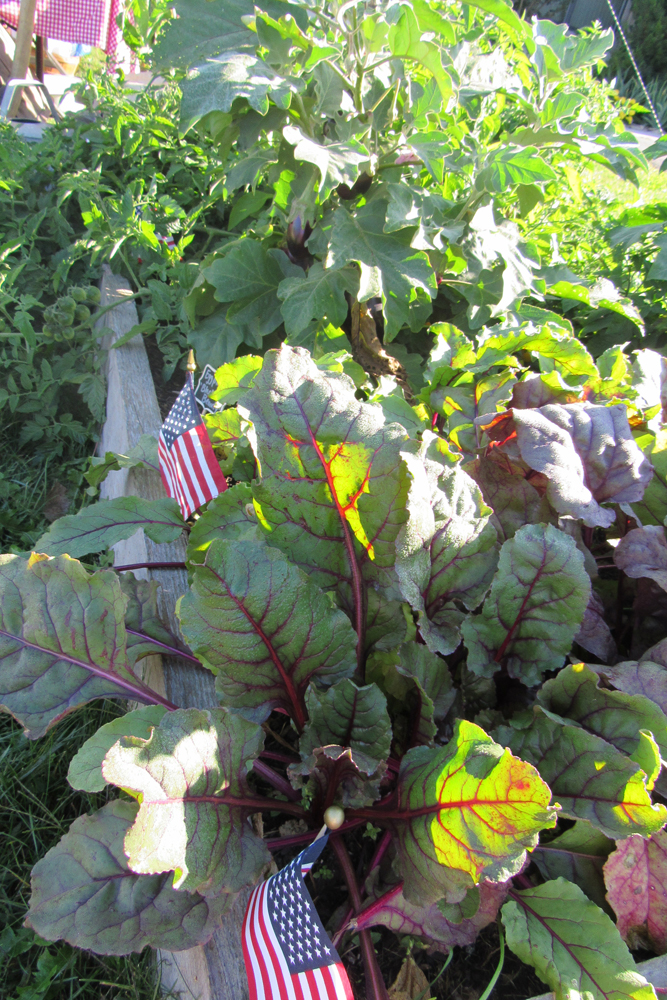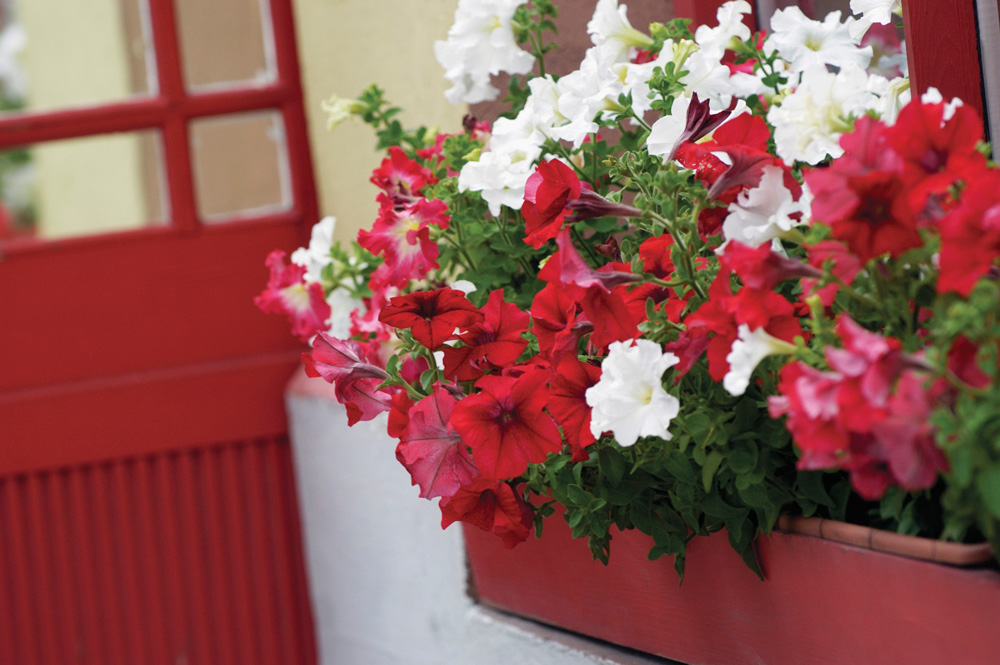
Simply put, permaculture is a process that works with nature, with each component contributing to the whole – just as nature does. Permaculture utilizes natural processes to regenerate the ecology of your garden and landscape while producing things like food and fiber. If you are interested in transitioning to a permaculture landscape, here is some guidance from The Permaculture Research Institute.
Soil comes first and you must work to build up healthy soil. A basic tenant of permaculture gardening is no-till and/or one dig-garden beds. If you are constantly turning your soil, you are disturbing life in the soil that helps your plants to grow healthy and strong. Naturally adding organic matter to the soil improves soil structure and feeds the microorganisms that help make nutrients available to your plants. Writing for The Permaculture Research Institute, Jonathon Engels recommends sheet mulching as the fastest route to no-till gardens. Choose a sunny, well-drained spot and start to layer it with materials such as cardboard, newspaper, leaves, grass clippings – anything biodegradable. Pile it up into the shape of a garden bed and when you are ready to plant, make a hole in the debris, fill the hole with good soil and add the seed or seedling.
Include lots of perennials in your gardens. If you are big on growing only annuals, you need to consider a mix of plants for a balanced ecosystem. Perennials take less energy, don’t use as many soil nutrients as annuals do, and don’t have to be started from seed year after year. Perennials also attract beneficial insects and help provide habitat for helpful garden creatures. Consider growing rhubarb, asparagus, berries, nuts and fruits in beds with your annual vegetables.
Mulching is a must. Keep your soil covered. Both living and decaying mulches do so much for your garden. They add nutrients, protect soil from drying out, prevent erosion and soil compaction and provide habitat for microorganisms, insects and other soil creatures that work to improve the soil. Mulch keeps weeds down and helps build layers of new, loose and alive soil. Adding organic matter improves any kind of soil.
Don’t plant everything in rows. Mix tall and short plants, flowers and vegetables. Use space more efficiently. Think of companion plantings like the three sisters: corn, beans and squash. The straight line is over-rated. Mixing up plants also helps confuse pests and thwarts disease. Diversity in the garden leads to health and abundance in the garden.
Finally, permaculture is a waste-free venture. In nature, nothing is wasted. Dead and decaying plants and animals feed the soil, which feeds living plants and animals.
With the exception of diseased plants – everything that dies, falls, or goes uneaten in your garden should be turned back into the system to foster the next generation of something, Engels says. He notes that with permaculture gardening, money, time, and resources are rarely spent on additives because the system is functioning just like nature. A fertile balance is created between “wastes” and decaying materials, feeding the soil and all life. Engels recommends gardeners think of “cycling” in the garden. Grow plants to harvest seeds. Grow legumes, which can be used to boost nitrogen in the soil. Use weeds and expired annuals (disease-free) to rebuild the soil. Let nothing go to waste.



